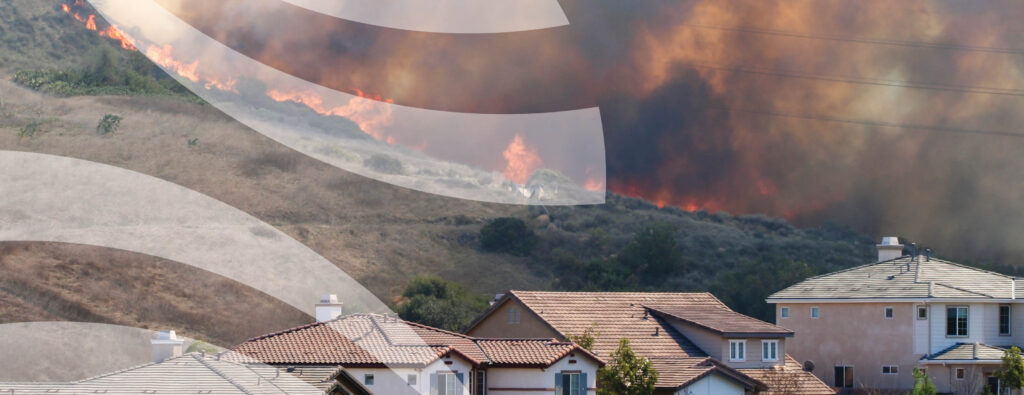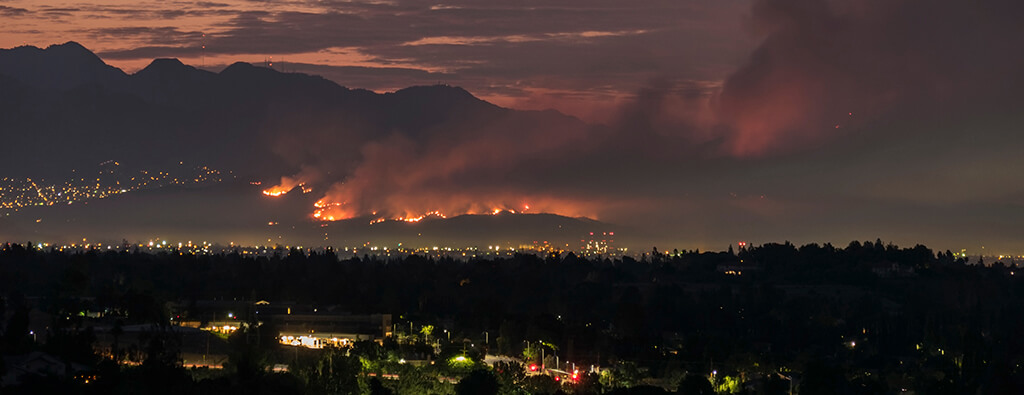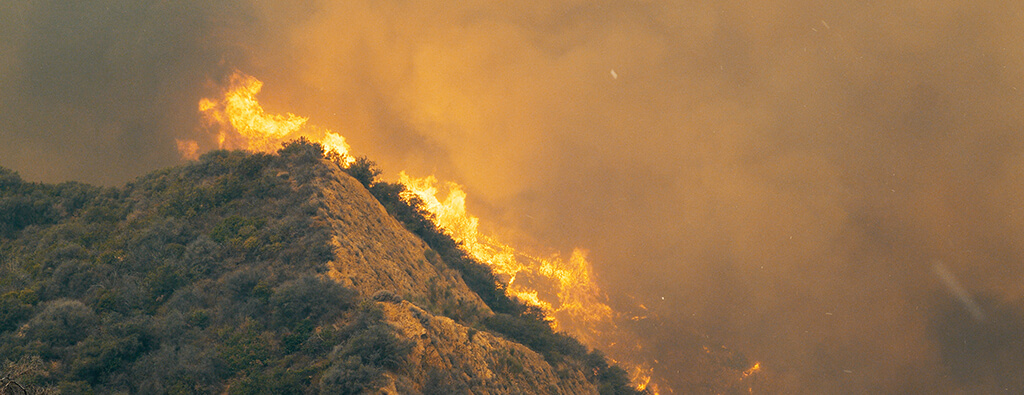As the temperatures rise and the landscapes dry, May marks Wildfire Awareness Month, serving as a crucial reminder of the dangers of wildfires and the importance of preparedness. Wildfires, which can ignite and spread rapidly due to a combination of dry vegetation, high temperatures, and winds, pose significant threats to both natural and urban environments.
“Comprehending the science behind wildfires is crucial for effective management and proactive measures,” explains Dr. Crystal Kolden, a professor at the University of California, Merced, specializing in pyrogeography. “With climate change exacerbating the frequency and intensity of wildfires, understanding how these fires interact with landscapes and communities becomes indispensable.”
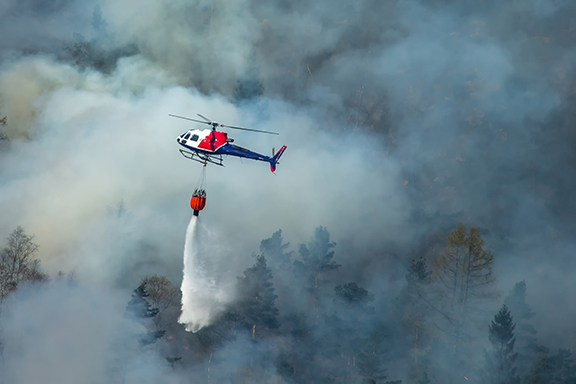
Research consistently shows that the increase in wildfires is closely linked to rising global temperatures and prolonged drought conditions. These environmental changes create drier, more flammable conditions in forests and grasslands, making areas more susceptible to devastating fires. As the planet warms, the window for potential fires widens, extending traditional fire seasons and increasing the number of days with high fire risk.
“Climate change and human land use have significantly altered natural fire regimes, increasing both the frequency and intensity of wildfires,” explains Assistant State Climatologist at Colorado Climate Center with Colorado State University, Becky Bolinger. “One of the big things we talk about in climate science is the rate of change. How quickly things are changing. So, we have seen the climate change in the past, but the rate at which we’re seeing it change now doesn’t match up with the natural system and it much more closely aligns with our man-made activities.”
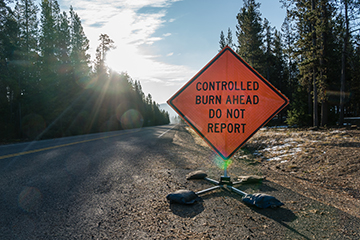
Given these challenges, early detection systems and community readiness have become more critical than ever. Modern technologies such as satellite imaging and remote sensing are being deployed to detect potential fires quicker and more accurately, allowing for faster response times. Wildfire management experts are stressing the need for communities to be more proactive. This includes implementing stricter building codes in fire-prone areas, conducting regular community training on evacuation procedures, and increasing public awareness campaigns about how to reduce fire risks.
As part of Wildfire Awareness Month, Tidal Basin urges individuals, organizations, and communities to adopt fire-safe practices. Here are some tips to enhance safety:
- Create Defensible Space: Clear leaves and debris from gutters, eaves, porches, and decks to prevent embers from igniting your home or business.
- Use Fire-Resistant Materials: When building or renovating, use fire-resistant roofing, siding, and decking materials.
- Maintain an Emergency Kit: Have an emergency kit with N95 masks, water, food, and other essentials ready in case of evacuation.
- Stay Informed: Subscribe to local alert systems for real-time updates during fire threats.
For more detailed information and resources on preparing for and responding to wildfires, please visit Tidal Basin’s Wildfire Resource Center. Stay safe, vigilant, and share this knowledge with your communities.
